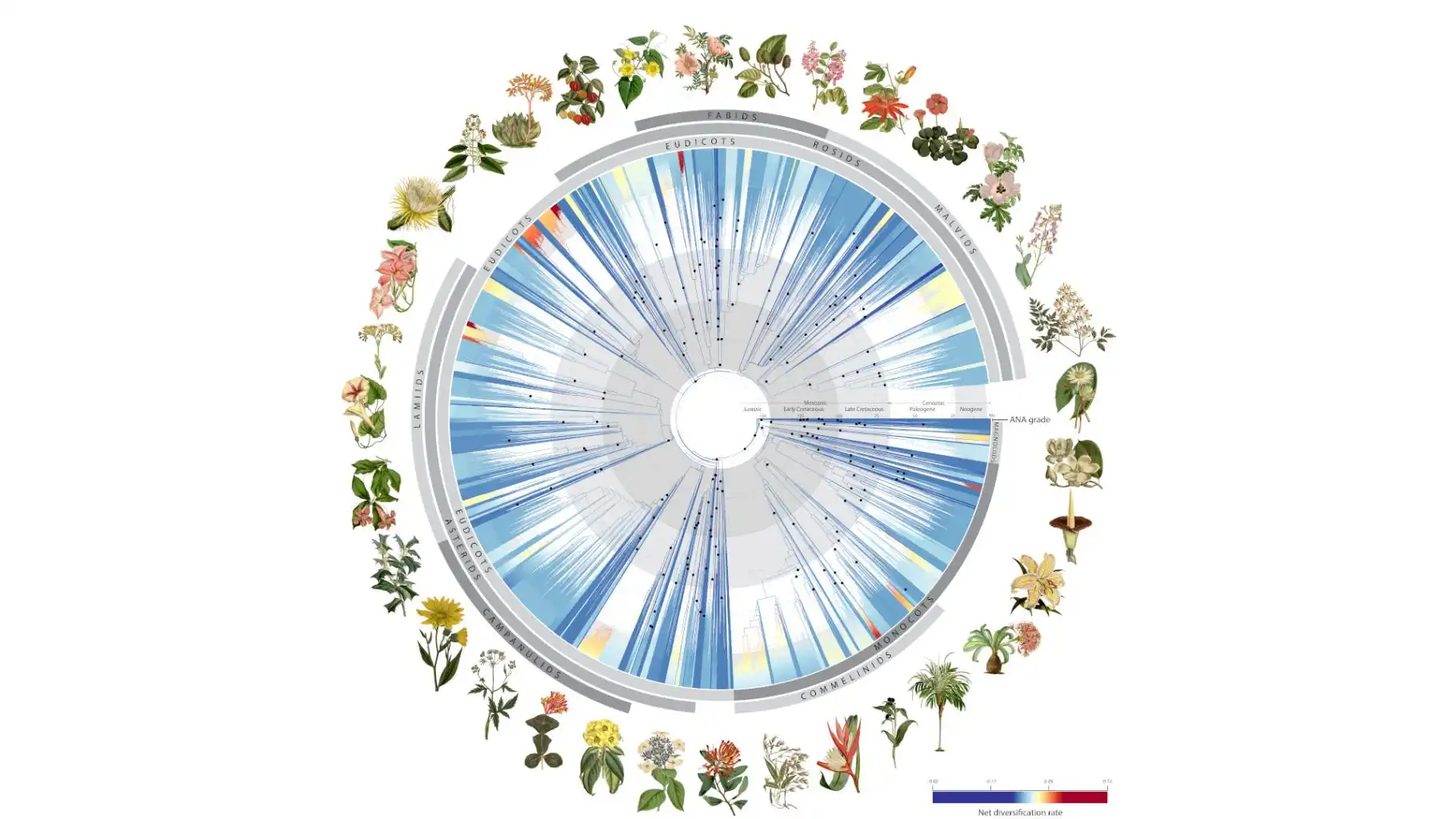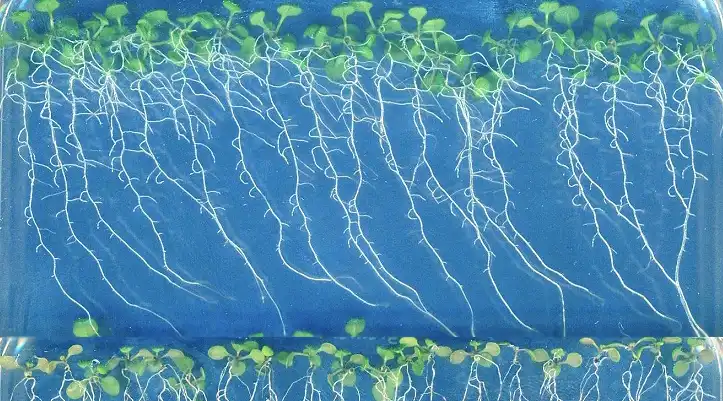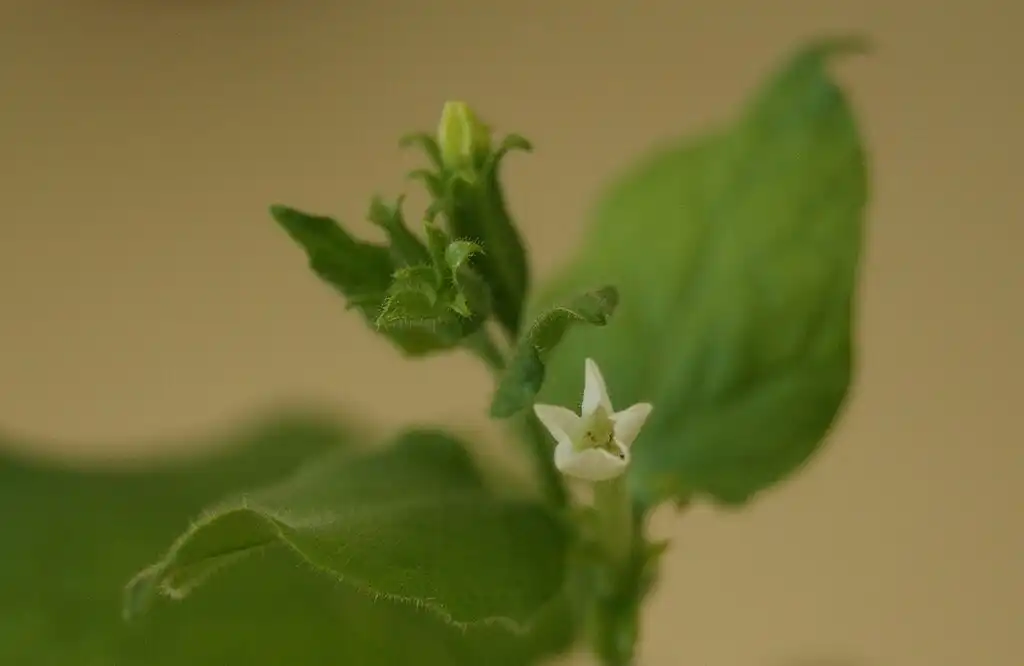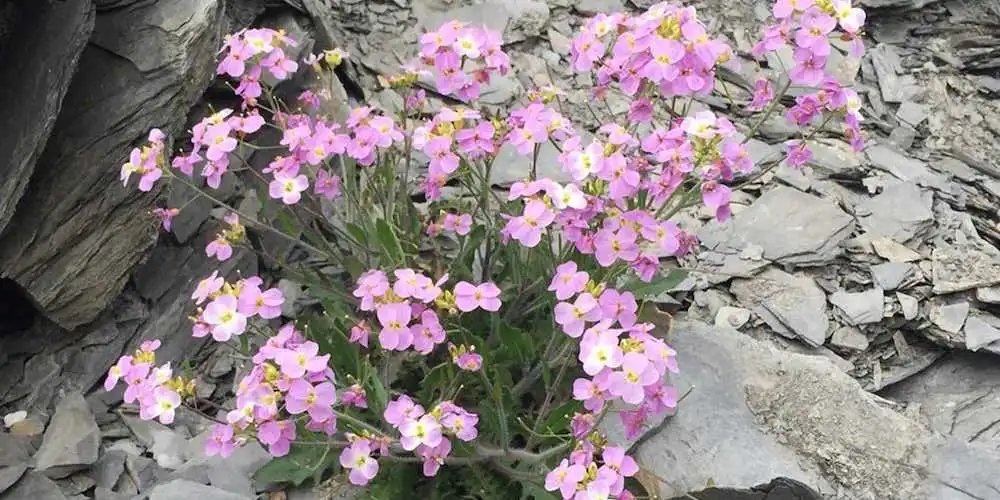
Researchers have uncovered a genetic anomaly in tomato plants, revealing a "parallel universe" where sticky defense sugars, called acylsugars, are found in both leaves and roots. This discovery not only sheds light on plant evolution but also offers insights for…
Read More











